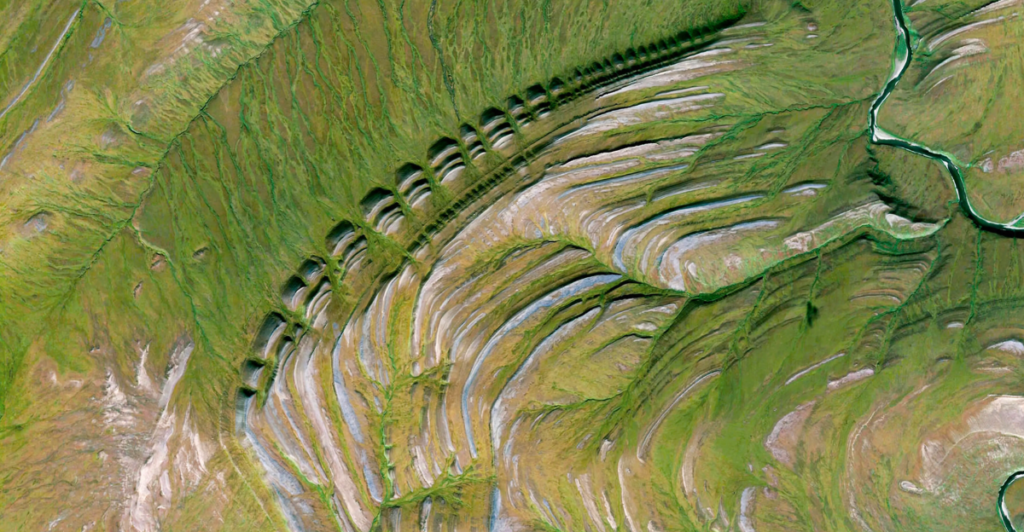
The Earth’s crust is undergoing a dramatic transformation beneath the Sierra Nevada in California and parts of the western United States. Recent studies have uncovered a rare geological process where the crust is peeling away, revealing complexities in Earth’s interior dynamics.
This phenomenon, known as lithospheric foundering, involves the sinking of the Earth’s lithosphere into the mantle. It’s a process that challenges previous understandings of tectonic activity and continental formation.
The implications of this discovery are profound, prompting scientists to reevaluate seismic risks and the geological evolution of the region. As research continues, our comprehension of Earth’s inner workings becomes increasingly nuanced.
1. Unveiling Lithospheric Foundering
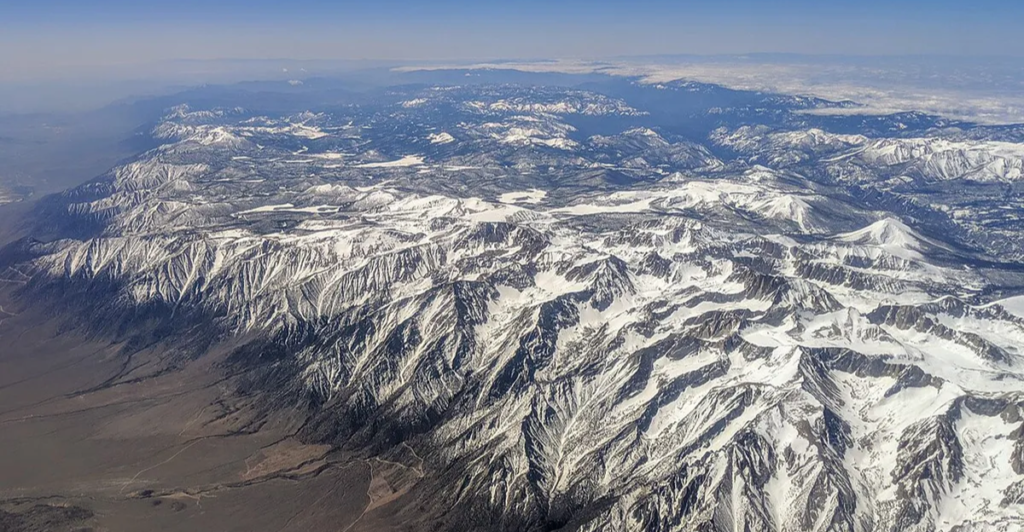
Lithospheric foundering is a process where the dense lower part of the Earth’s lithosphere detaches and sinks into the underlying mantle. This occurs when the lithosphere becomes unstable due to various factors, including temperature and composition differences.
In the case of the Sierra Nevada, seismic data has revealed that a portion of the lithosphere is peeling away, a phenomenon not commonly observed. This detachment leads to significant geological changes, including surface uplift and volcanic activity.
Understanding this process is crucial, as it provides insights into the mechanisms driving plate tectonics and the formation of continental features. It also aids in assessing potential geological hazards in affected regions.
2. The Role of the Farallon Plate
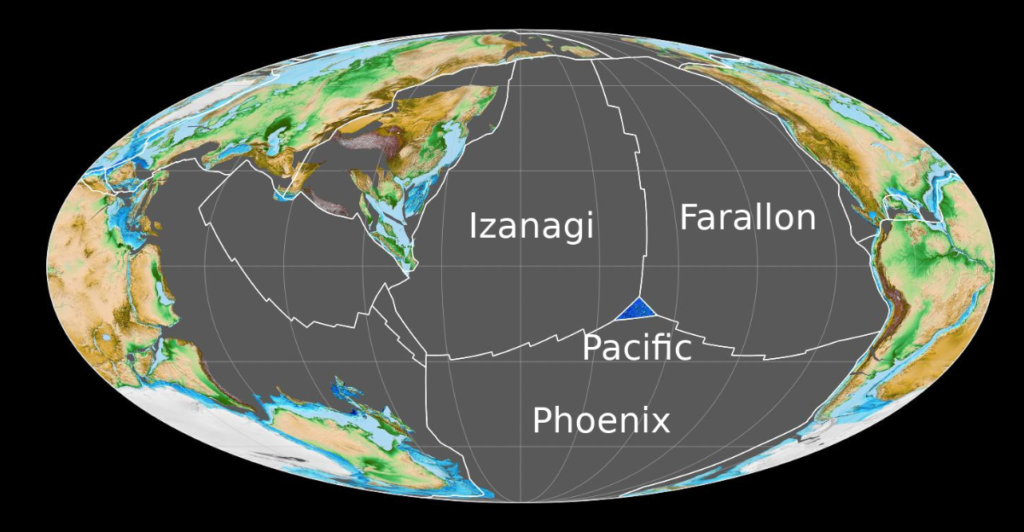
The Farallon Plate, an ancient oceanic plate, played a significant role in shaping the geology of the western United States. Its subduction beneath the North American Plate led to various geological phenomena, including the formation of mountain ranges.
Recent studies suggest that remnants of the Farallon Plate are contributing to the current lithospheric foundering beneath the Sierra Nevada. These remnants, being denser, are sinking into the mantle, facilitating the peeling process.
This interaction highlights the long-term impact of tectonic plate movements and their influence on present-day geological activity. It underscores the interconnectedness of Earth’s tectonic history and current processes.
3. Implications for Seismic Activity

The peeling of the Earth’s crust has significant implications for seismic activity in the region. As the lithosphere detaches and sinks, it can lead to increased stress on surrounding geological structures, potentially triggering earthquakes.
Understanding the dynamics of lithospheric foundering is essential for assessing seismic risks. It allows for better prediction models and preparedness strategies in regions susceptible to such geological changes.
Moreover, this knowledge contributes to the broader field of earthquake science, enhancing our ability to mitigate the impacts of seismic events on communities and infrastructure.
4. Surface Manifestations and Landscape Evolution
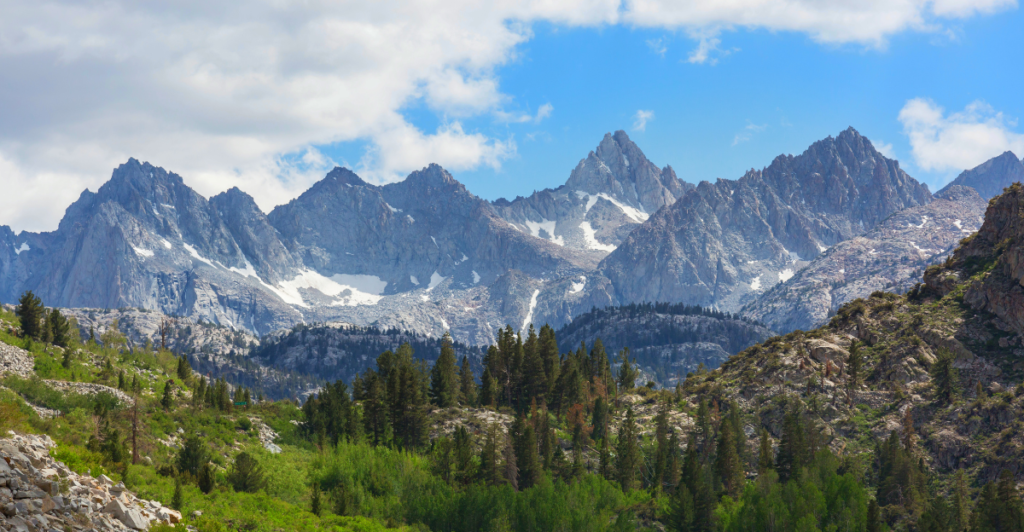
The detachment of the lithosphere doesn’t only affect the deep Earth; it also has visible consequences on the surface. As the dense lithospheric material sinks, the overlying crust can uplift, leading to the formation of mountain ranges and changes in topography.
In the Sierra Nevada, this process has contributed to the region’s elevation and landscape features. The ongoing geological activity continues to shape the terrain, influencing ecosystems and human settlements.
Studying these surface manifestations provides valuable information about the underlying processes and helps in understanding the evolution of Earth’s landscapes over geological timescales
5. Broader Geological Significance
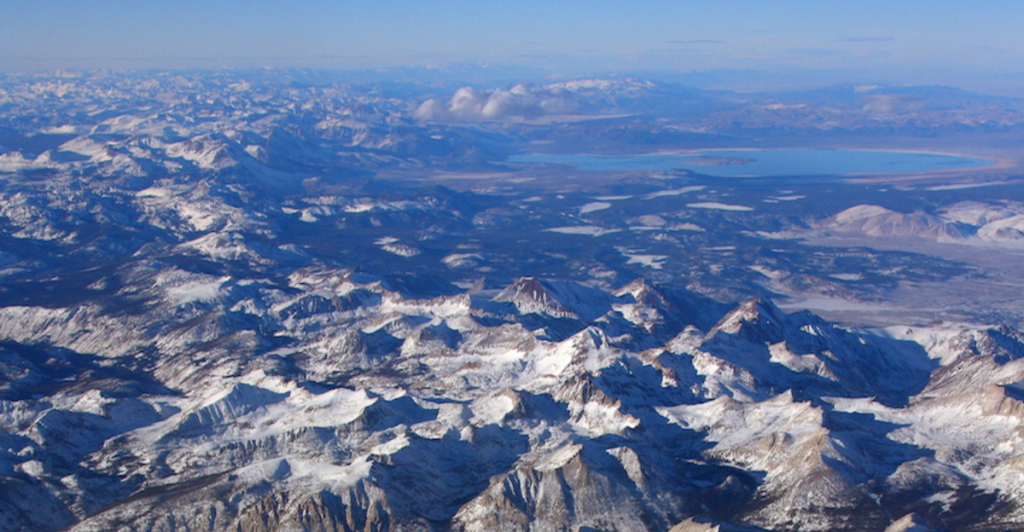
The discovery of lithospheric foundering beneath the Sierra Nevada offers insights into broader geological processes. It serves as a case study for understanding similar phenomena in other parts of the world, such as the Andes and the Tibetan Plateau.
These processes play a crucial role in the recycling of Earth’s materials, contributing to the dynamic nature of the planet’s crust and mantle. They influence volcanic activity, mountain building, and the formation of mineral resources.
By examining these events, geologists can better comprehend the complex interactions that drive Earth’s continuous transformation and the implications for its future evolution.
6. Technological Advances in Detection
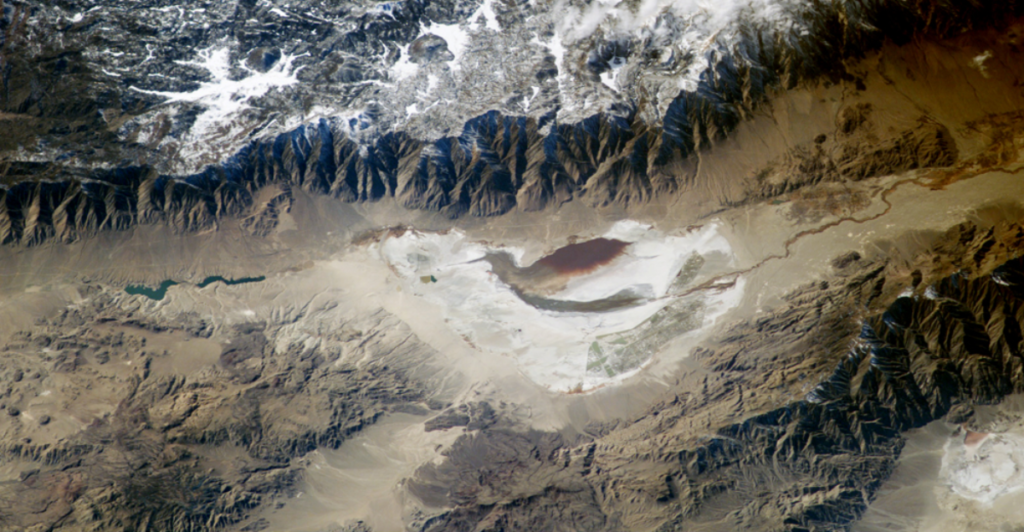
The identification of lithospheric foundering has been made possible through advancements in geophysical technologies. Seismic tomography, satellite imaging, and deep-Earth monitoring have allowed scientists to visualize and analyze subsurface structures with unprecedented detail.
These tools have revealed the intricate processes occurring beneath the Earth’s surface, providing data critical for modeling geological phenomena. They have also enhanced our ability to detect early signs of tectonic activity, improving risk assessment and disaster preparedness.
Continued investment in geoscientific research and technology is essential for uncovering the mysteries of Earth’s interior and safeguarding against geological hazards.
7. Future Research and Monitoring
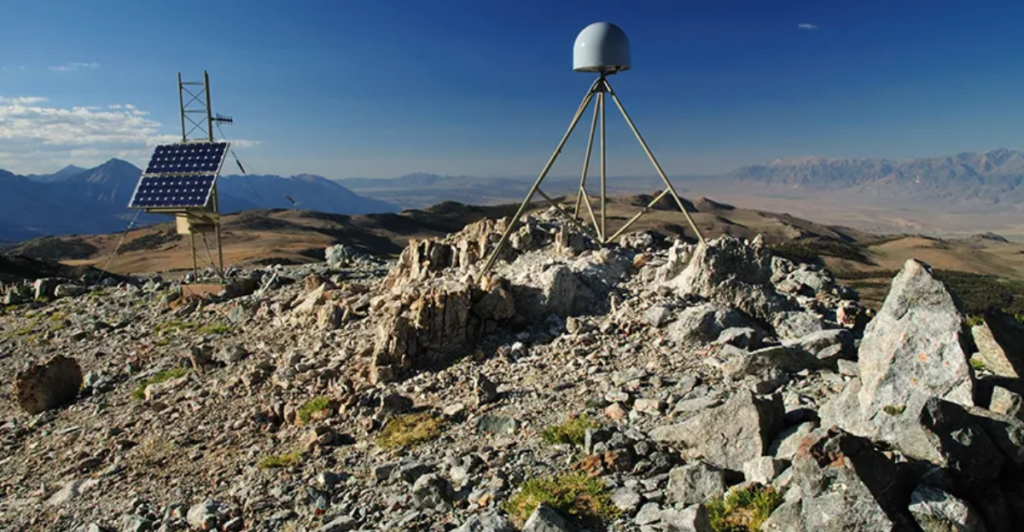
Ongoing research is vital to fully understand the implications of lithospheric foundering. Scientists aim to monitor the progression of this process and its effects on the surrounding environment.
Future studies will focus on the potential for similar occurrences in other regions and the long-term impact on Earth’s geological framework. Collaborative efforts among geologists, seismologists, and other experts will be crucial in advancing this field of study.
By deepening our knowledge of these processes, we can better predict geological events and develop strategies to mitigate their effects on human societies and natural ecosystems.
8. Educational and Public Awareness
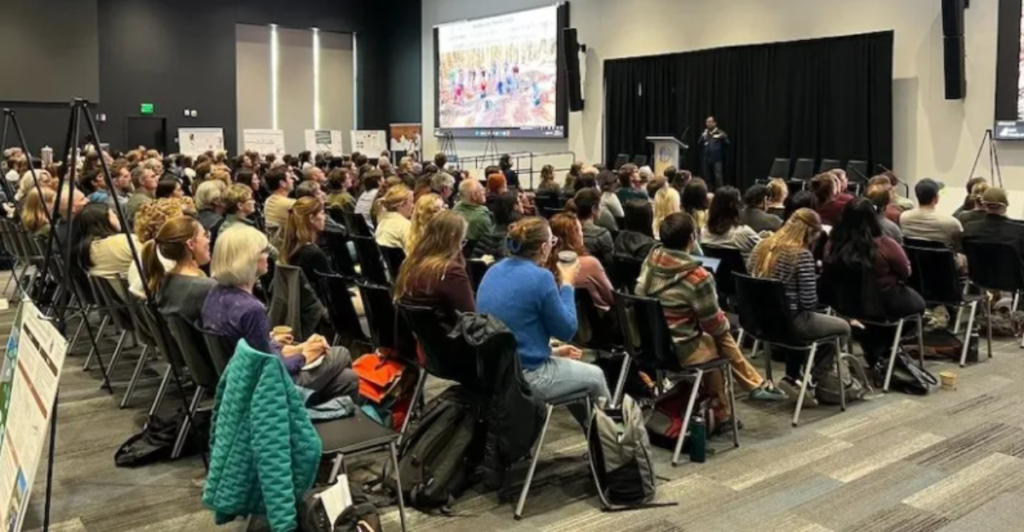
Raising public awareness about geological processes like lithospheric foundering is essential. Educating communities about the dynamics of Earth’s interior can foster a greater appreciation for the planet’s complexity and the importance of geological sciences.
Incorporating this knowledge into educational curricula and public outreach programs can inspire future generations of geoscientists. It also empowers individuals to make informed decisions regarding land use, disaster preparedness, and environmental stewardship.
Promoting a culture of scientific literacy ensures that society remains engaged and proactive in understanding
Earth’s Deep Secrets Are Rising to the Surface

The peeling of Earth’s crust beneath the western U.S. isn’t just a geological curiosity, it’s a reminder of how dynamic and mysterious our planet still is. What we assumed to be stable ground is revealing itself as far more complex, unpredictable, and alive than we imagined.
This discovery rewrites parts of Earth science textbooks and pushes us to look deeper, literally and figuratively. As our understanding of these phenomena grows, so does our responsibility to adapt, prepare, and innovate in the face of natural change.
Science is showing us the cracks, not to scare us, but to keep us curious and aware of the ground we stand on.
Explore more of our trending stories and hit Follow to keep them coming to your feed!

Don’t miss out on more stories like this! Hit the Follow button at the top of this article to stay updated with the latest news. Share your thoughts in the comments—we’d love to hear from you!







